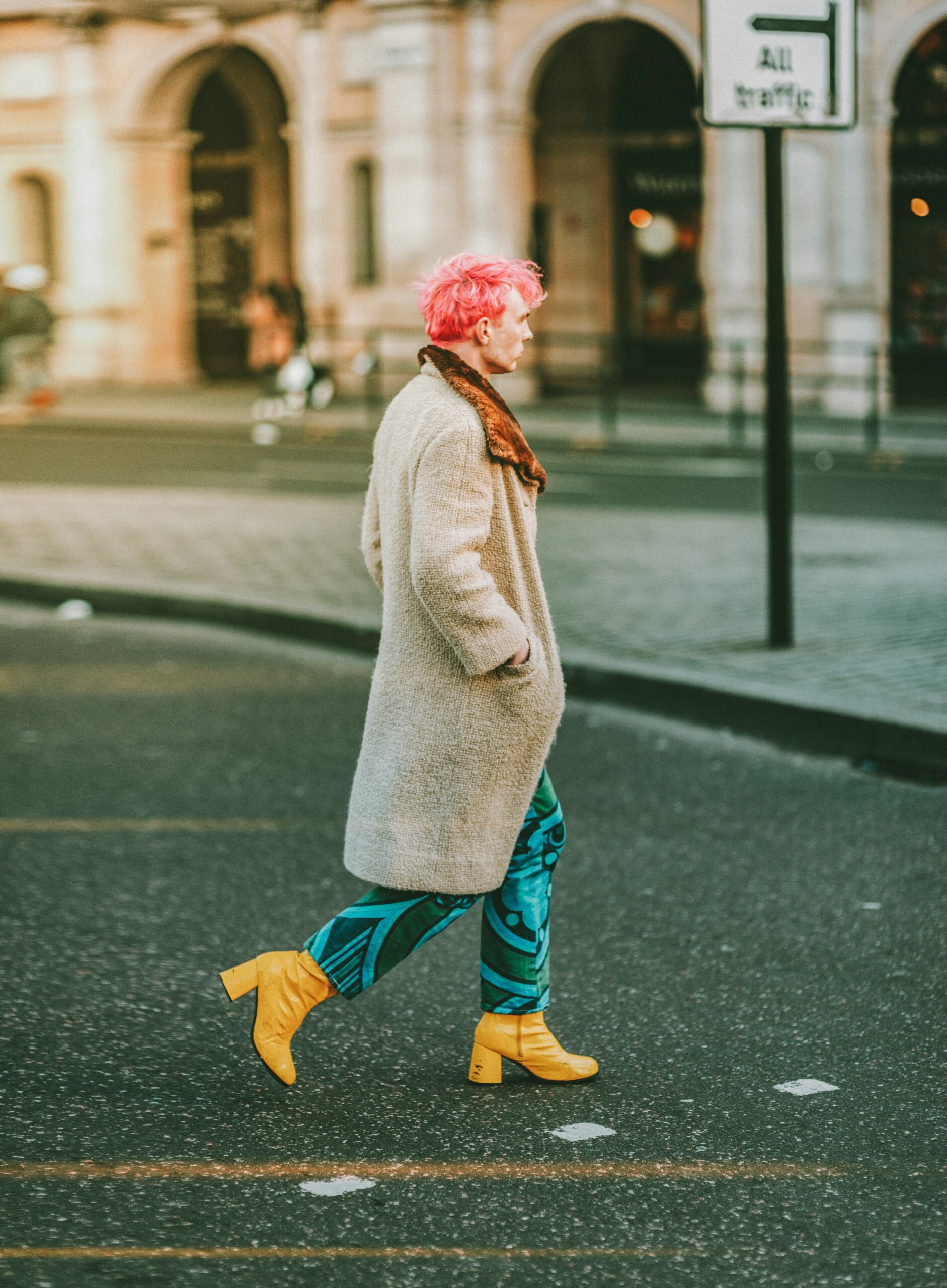

Introduction to Sustainable Fashion
Fashion is an expression of individuality, creativity, and culture. However, the traditional fashion industry comes with a heavy price tag for our planet. As awareness grows about environmental issues, many are beginning to question where their clothing comes from and how it impacts the Earth. Enter sustainable fashion—a movement that champions eco-friendly practices and conscious consumerism.
This trend is more than just a passing phase; it’s reshaping how we think about what we wear. With an increasing number of brands embracing sustainability, shoppers now have exciting options that don’t compromise style or ethics. Let’s dive into the world of sustainable fashion and discover how you can be part of this transformative journey while looking fabulous!
The Negative Environmental Impact of Traditional Fashion Industry
The traditional fashion industry has a significant environmental footprint. Fast fashion, characterized by rapid production cycles and disposable trends, contributes heavily to pollution and waste.
Textile manufacturing releases toxins into water systems. These chemicals not only harm aquatic life but also contaminate drinking water sources for communities nearby.
Moreover, the sheer volume of clothing produced leads to staggering amounts of textile waste. Many garments end up in landfills where they can take decades or even centuries to decompose.
Water usage is another critical concern. It takes thousands of gallons to produce just one cotton t-shirt, straining freshwater resources around the globe.
As consumers continue to demand cheap and trendy clothes, the cycle perpetuates itself. This relentless pursuit comes at a cost that extends far beyond our wardrobes.
How to Incorporate Sustainable Fashion into Your Wardrobe
Start by assessing your current wardrobe. Identify pieces you truly love and wear often. This will help you recognize what styles suit you best.
Next, consider quality over quantity. Invest in well-made clothing that will last longer instead of buying multiple fast-fashion items that wear out quickly.
Explore thrift stores and consignment shops for unique finds. You can discover vintage treasures while reducing waste at the same time.
When shopping, look for brands committed to sustainability. Research their practices regarding materials and labor conditions.
Don’t shy away from upcycling old garments. Transform a tired piece into something fresh with some creativity or simple alterations.
Adopt a mindful approach when making new purchases. Ask yourself if you’ll still cherish the item in years to come before hitting that buy button.
Brands and Designers Leading the Way in Sustainable Fashion
A wave of innovative brands is transforming the fashion landscape. They emphasize sustainability without sacrificing style.
Patagonia stands out with its commitment to environmental responsibility. The brand uses recycled materials and encourages customers to repair rather than replace their gear.
Another notable name is Reformation. This label combines trendy designs with eco-friendly practices, making sustainable choices accessible to a younger audience. Their transparency about sourcing and production sets them apart.
Then there’s Stella McCartney, a pioneer in luxury sustainable fashion. She consistently pushes boundaries by using plant-based materials and advocating for animal rights within the industry.
Everlane promotes ethical manufacturing processes while providing consumers with radical transparency about costs and labor practices.
These brands are more than just players; they’re setting standards that others aspire to meet in the evolving world of eco-conscious fashion choices.
The Future of Sustainable Fashion
The future of sustainable fashion looks promising and vibrant. Innovations in materials are paving the way for eco-friendly alternatives. Think bio-fabricated textiles or recycled fibers that breathe new life into old garments.
Technology is also playing a crucial role. Brands are adopting AI to optimize production processes, reducing waste significantly. This means less overstock and more thoughtful designs that cater to consumer demand without excess.
Consumer awareness continues to grow, too. Shoppers are now prioritizing ethical choices when it comes to their wardrobes. They want transparent brands committed to sustainability.
Collaborations between designers and environmental activists signal a shift in focus towards responsibility in fashion creation. The movement is not just about clothing but promoting a lifestyle rooted in mindfulness.
As we move forward, expect exciting developments that redefine what it means to dress sustainably while embracing personal style at the same time.
Conclusion
The shift towards sustainable fashion is more than just a trend; it’s a necessary movement. As consumers, we hold the power to drive change in the industry by making conscious choices. The rise of eco-friendly apparel reflects a growing awareness of our environmental impact and encourages brands to adopt greener practices.
By incorporating sustainable options into our wardrobes, we can express our style while also protecting the planet. Supportive designers and innovative companies lead this charge, proving that sustainability and fashion can coexist beautifully.
The future looks promising as more individuals recognize their role in fostering an eco-conscious world. Embracing sustainable fashion not only enhances personal style but also contributes to a healthier environment for generations to come. Let’s continue this journey together, one outfit at a time.
